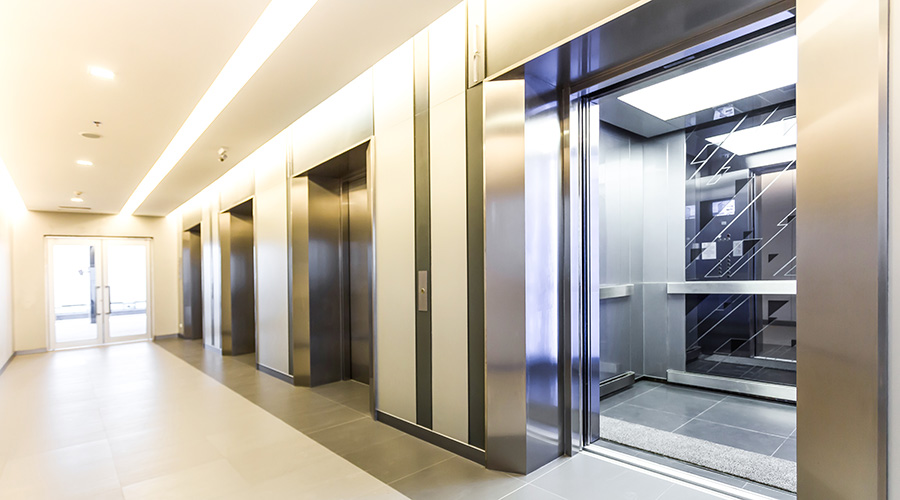As employees and building occupants return to commercial and institutional facilities, elevators will once again be transporting individuals from floor to floor. As some elevators were sitting stationary for months and months, facility managers will have to have elevators ready to handle the return to regular use.
In this video, Dave Lubach, managing editor of the facilities market, which includes our fnPrime membership, speaks with Keenan Potter, a specialist in vertical transport and facade access for Buro Happold. They discuss how elevators were impacted by the pandemic and what changes made during the pandemic will continue as we move forward.
fnPrime: When the pandemic hit last year in our country, what were your thoughts as somebody involved in the elevator industry and how is this going to affect elevators in a commercial setting?
Keenan: Well, I have to be quite frank. At the time that COVID hit I was not working. I was in between gigs and you know honestly, from a personal level, I was concerned just about the industry as a whole. But then after joining Buro Happold I began to think more about it from an industry perspective. First and foremost, I was thinking about what kind of damage potentially it would do within the industry. Initially we saw that sort of impact in a sudden collapse of demand for all sorts of services and products and services, and I think everyone was sort of holding their breath. But I think what we've seen in the last couple of quarters, thanks to some sort of active involvement from many governments around the world, now it looks like we've had a real bounce back in the industry and I think the outlook going forward is quite positive.
fnPrime: Do you anticipate some of the pandemic conditions that were set up for elevator use, like social distancing and cleaning, will continue?
Keenan: I would say the simple answer to your question is yes. I think that we're going to be seeing certain employee surveys that people are going to continue to want to have that flexibility from home. That sort of was going on before the pandemic. I think it's simply accelerating the desire to have more flexibility built into your system, but the things like sanitation, touchless controls, those are things that were sort of highlighted during the pandemic. But I think those are things that, regardless of the actual conditions on the ground with respect to transmission of the virus, are going to stay with us as we move out of the virus and the conditions going forward. Secondly, I think that sort of the breadth and depth of COVID sort of brought us to a point where people are thinking we want flexibility. I would say the one thing that is fairly different pre- and post-pandemic is going to be the question of density prior to the pandemic with respect to population density in the building. Design space was trending towards a much more dense building population. You're seeing the desire for more space in the building and that obviously is going to affect how vertical horizontal designs are going to change.





